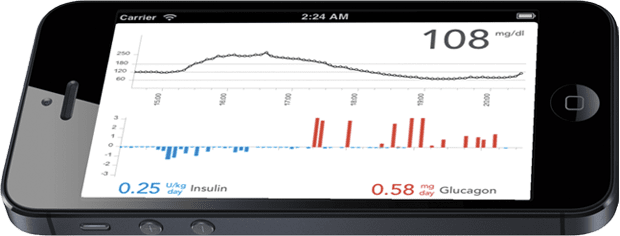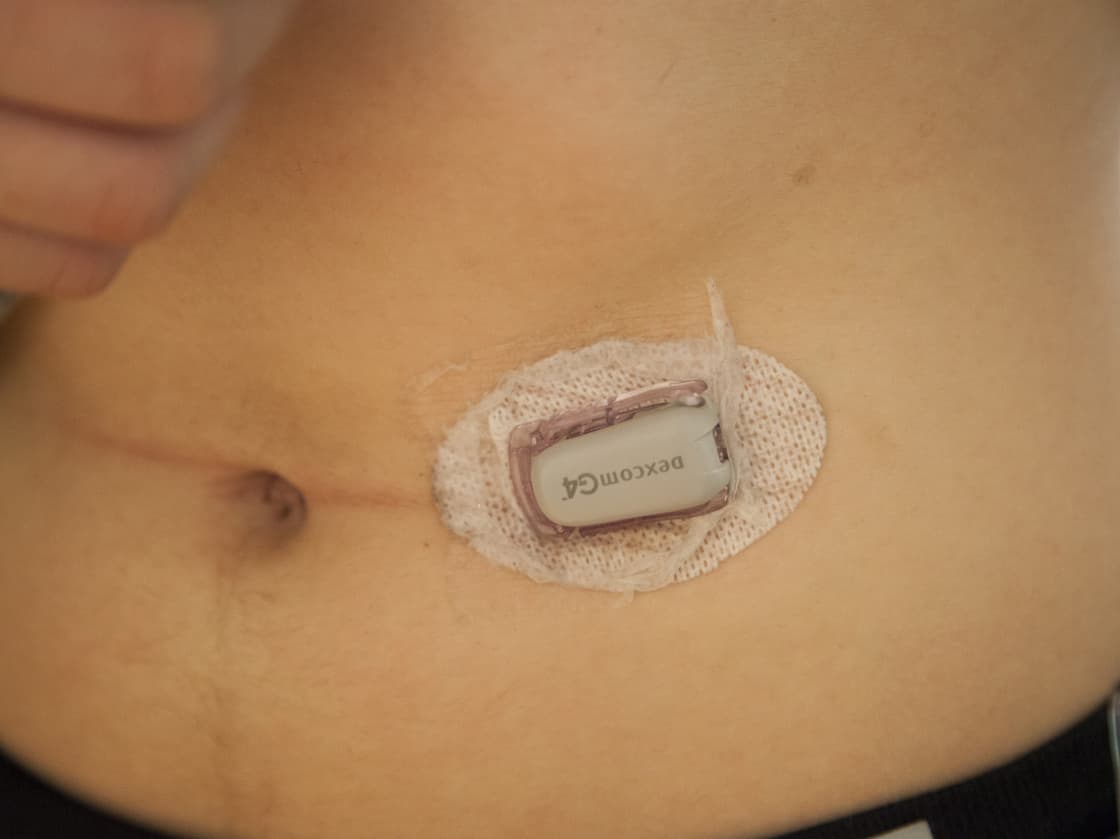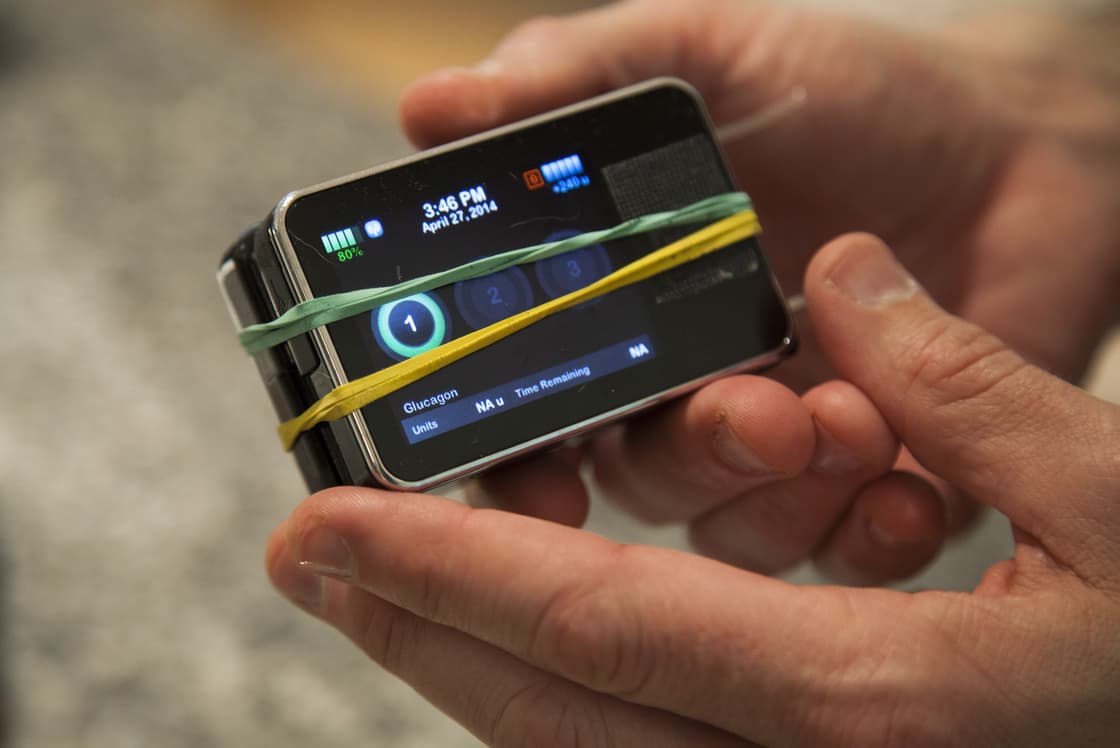Bionic Pancreas Provide A New Ray Of Hope For Type One Diabetes Patients
Here is some news that might offer some respite for people with Type-1 diabetes. Boston University's researchers have 'bionic' pancreas that automatically regulate blood glucose level. People with type 1 diabetes often risk hypoglycaemia (lower blood sugar level) along with hyperglycaemia (high blood glucose level). Both extreme levels of blood glucose can prove to be fatal. Therefore, such patients have to monitor their blood glucose many times a day and take the dosage accordingly.

Pancreas secrete both, insulin (to lower blood glucose) and glucagon (to raise blood glucose). Both are required to maintain blood glucose levels in normal range. The artificial pancreas is a medical device (which is quite popular among) consisting of two pumps, one for insulin and the other for glucagon and has a tiny removable sensor located in a thin needle, which is inserted under the skin of a patient. The sensor beams the blood glucose levels in real time to a smartphone app. The app automatically makes a new decision about insulin and glucagon dosing every five minutes, as directed by a computer algorithm. The user has to just announce his meal type and meal size for the day and then forget about glucose monitoring.

The creator of this project was Ed Damiano, Associate Professor of Biomedical Engineering at Boston University whose 15 year old son David is a type 1 diabetes patient. The clinical trials of this system done on 20 adults and 32 adolescents proved to be quite successful in maintaining normal blood sugar levels and the results were published in the New England Medical Journal. The scientists hope the devices will be available to a broader range of patients in next few years.

Keeping normal blood glucose level may help in avoiding complications such as heart, kidney and eye disease. What are your thoughts on the bionic pancreas? Share with us in comments below.
Source: #-Link-Snipped-#| #-Link-Snipped-# | #-Link-Snipped-# | #-Link-Snipped-#

Pancreas secrete both, insulin (to lower blood glucose) and glucagon (to raise blood glucose). Both are required to maintain blood glucose levels in normal range. The artificial pancreas is a medical device (which is quite popular among) consisting of two pumps, one for insulin and the other for glucagon and has a tiny removable sensor located in a thin needle, which is inserted under the skin of a patient. The sensor beams the blood glucose levels in real time to a smartphone app. The app automatically makes a new decision about insulin and glucagon dosing every five minutes, as directed by a computer algorithm. The user has to just announce his meal type and meal size for the day and then forget about glucose monitoring.

The creator of this project was Ed Damiano, Associate Professor of Biomedical Engineering at Boston University whose 15 year old son David is a type 1 diabetes patient. The clinical trials of this system done on 20 adults and 32 adolescents proved to be quite successful in maintaining normal blood sugar levels and the results were published in the New England Medical Journal. The scientists hope the devices will be available to a broader range of patients in next few years.

Keeping normal blood glucose level may help in avoiding complications such as heart, kidney and eye disease. What are your thoughts on the bionic pancreas? Share with us in comments below.
Source: #-Link-Snipped-#| #-Link-Snipped-# | #-Link-Snipped-# | #-Link-Snipped-#
0
